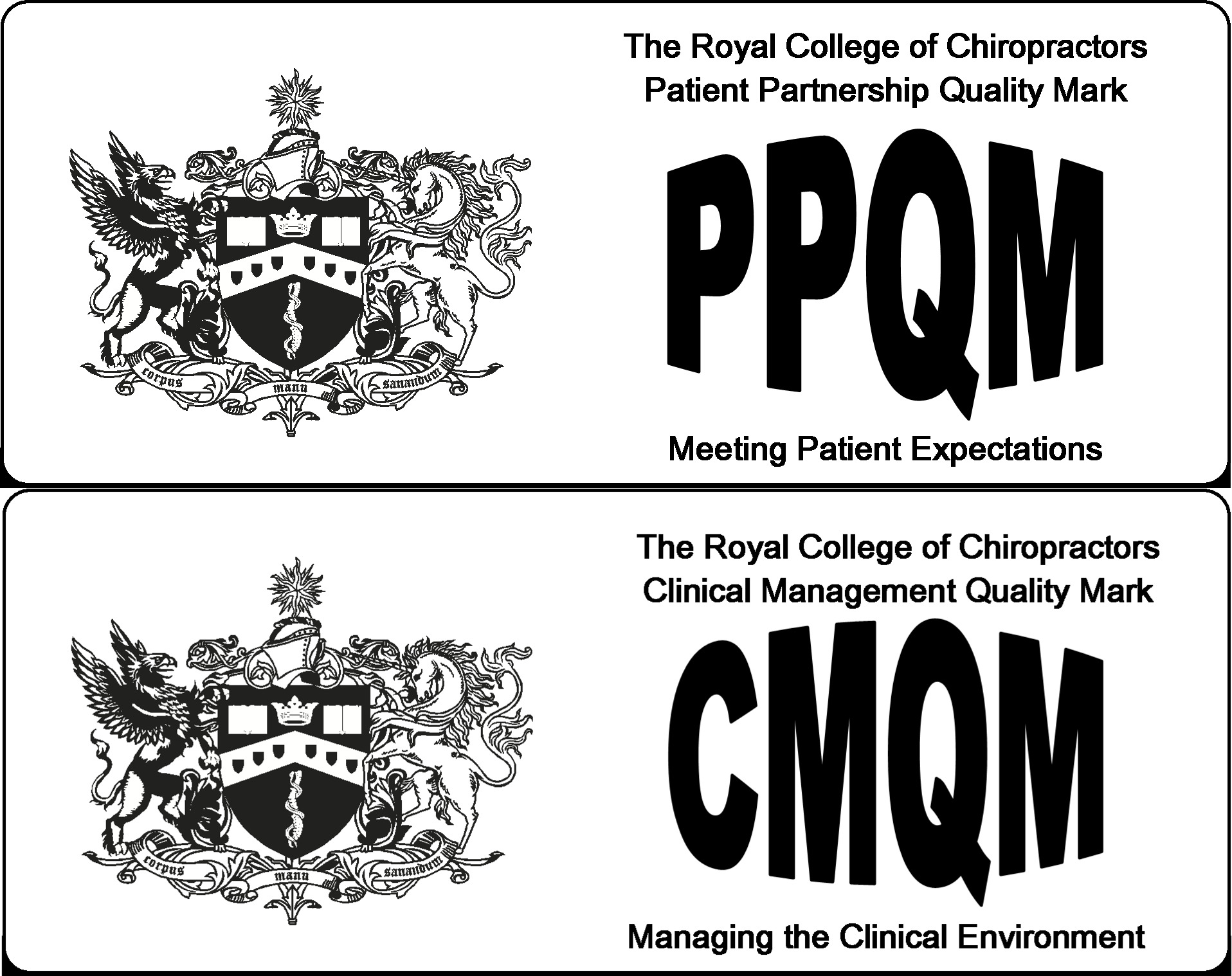Chiropractic care has evolved into a sophisticated field with various techniques designed to cater to individual needs. In this comprehensive guide, we explore some of the prominent chiropractic techniques used by experts, shedding light on their applications, benefits, and the science behind them.
Introduction to Chiropractic Techniques
Chiropractic care centres around the principle that proper spinal alignment is crucial for overall well-being. Different techniques are employed to achieve this alignment, each with its unique approach and focus. Let’s delve into some of the key techniques employed by chiropractors.
- Activator Technique: Precision in Motion
The Activator Technique is a chiropractic method that utilises a handheld instrument for precise spinal adjustments. Developed to enhance accuracy and minimise force, this technique is favoured for its gentleness, making it suitable for a wide range of patients. Research indicates that the Activator Method has been effective in improving joint function and reducing pain. - Blocking Techniques: Targeting Specific Areas
Blocking techniques involve the strategic use of wedges or blocks to facilitate precise adjustments. By isolating specific areas, chiropractors can apply focused pressure to address misalignments. This method allows for controlled adjustments, contributing to its efficacy in treating conditions like sciatica and lower back pain. - Drop Techniques: Innovative Support for Adjustment
Drop techniques involve the use of specialised drop tables that give way or “drop” slightly during an adjustment. This provides added support and enhances the effectiveness of the adjustment. Studies suggest that drop techniques can contribute to improved spinal mobility and function.
Experience the Benefits of Chiropractic Care Today
Precision in Practice
1.Activator Technique in Action: Addressing Joint Discomfort
The Activator Technique shines when tackling joint discomfort. Whether it’s shoulder pain, knee issues, or stiffness in the extremities, this method’s precision is harnessed to gently realign joints. Studies have shown promising outcomes for patients, with many experiencing improved joint function and reduced discomfort after Activator adjustments. It’s a preferred choice for those seeking a gentle yet effective approach. Here’s a few examples of where this technique is applied:
- Conditions Involving Joint Dysfunction: Activator Technique excels in treating joint-related issues. Whether it’s stiffness, limited range of motion, or joint misalignments, the precise and controlled impulses from the Activator instrument aid in restoring optimal joint function.
- Neurological Conditions: Activator adjustments are gentle and suitable for patients with neurological conditions. The targeted impulses stimulate the nervous system, promoting better communication between the brain and the body, which can be beneficial for conditions like neuropathy.
- Muscle Imbalances: Activator Technique can effectively address muscle imbalances. By focusing on specific muscle groups, it helps relieve tension and restore balance, benefiting patients with muscle-related discomfort or dysfunction.
2. Blocking Techniques for Sciatica Relief
Sciatica, characterised by pain radiating along the sciatic nerve, finds relief through blocking techniques. By isolating the lumbar spine or pelvis, chiropractors can target the root cause of sciatic pain. These techniques provide controlled pressure, helping alleviate compression on the sciatic nerve and promoting improved mobility. Consequently, patients often experience reduced sciatic pain and enhanced overall well-being. Below are a few examples of where this technique is applied:
- Spinal Misalignments: Blocking Techniques, such as the Gonstead Method, are particularly effective in addressing spinal misalignments. The use of specially designed blocks allows for precise adjustments, promoting optimal spinal alignment and function.
- Disc-related Issues: Conditions like herniated discs or disc bulges can benefit from Blocking Techniques. The controlled and targeted adjustments assist in relieving pressure on the spinal discs, reducing pain and improving mobility.
- Postural Problems: Blocking Techniques play a crucial role in correcting postural issues. Whether it’s a forward head posture or uneven shoulders, these techniques help in restoring proper alignment and posture.
3. Drop Techniques for Spinal Support and Alignment
Conditions like disc herniation or vertebral misalignments benefit from drop techniques. These issues often require additional support during adjustments, and the drop table provides just that. Thus, by incorporating a slight drop during the adjustment, chiropractors can address specific spinal concerns effectively. This method has shown positive results in promoting spinal alignment and reducing discomfort associated with misalignments. Below are a few examples of where this technique is applied:
- Pelvic Imbalances: Drop Techniques, including the Thompson Technique, are valuable for addressing pelvic imbalances. The use of specialised drop tables allows for controlled adjustments, aiding in pelvic realignment and stability.
- Leg Length Discrepancies: Patients with leg length discrepancies can find relief through Drop Techniques. The adjustments focus on balancing the leg lengths, reducing strain on the spine and associated structures.
- Scoliosis: Drop Techniques can be incorporated into scoliosis management. The controlled drops assist in repositioning the spine, contributing to the overall treatment plan for individuals with scoliotic conditions.
Talking with the Experts: Amersham Chiropractic’s Approach
At Amersham Chiropractic, we pride ourselves on employing a holistic approach to chiropractic care. Our team of experts is well-versed in a variety of techniques, ensuring that each patient receives personalised and effective treatment. Whether it’s the precision of the Activator Technique, the targeted approach of Blocking Techniques, or the innovative support provided by Drop Techniques, our aim is to optimise spinal health for overall well-being.
Conclusion
Decoding chiropractic techniques is a journey into the realm of personalised care and holistic well-being. At Amersham Chiropractic, our commitment is to guide you through this journey, ensuring that each adjustment brings you closer to optimal health. Ready to unlock the secrets? Schedule your consultation with us today. Visit our website to learn more.
FAQs
Can individuals combine chiropractic care with other forms of treatment?
Yes, healthcare providers often integrate chiropractic care with other approaches for comprehensive and complementary benefits.
Does insurance cover chiropractic care?
Many insurance plans cover chiropractic care. Our team can assist in verifying coverage and providing necessary documentation.
Are chiropractic adjustments painful?
Chiropractic adjustments are generally not painful. Patients may experience mild discomfort that quickly subsides.
What is the usual length of a chiropractic session?
At Amersham Chiropractic, we tailor chiropractic sessions to individual needs, but we typically keep them between 15 to 30 minutes.
How many treatment sessions does it usually take to observe noticeable improvement?
The individual’s condition determines the number of sessions required. Our chiropractors will discuss a personalised treatment plan during the initial consultation.
Do chiropractic adjustments have any side effects?
While rare, mild soreness or discomfort may occur temporarily after an adjustment. It is a natural response as the body adapts to the changes.
How do chiropractors choose the right technique for a patient?
Chiropractors at Amersham assess each patient individually, considering their condition, preferences, and overall health to tailor the most suitable technique.
Are these techniques suitable for all ages?
Yes, chiropractors can adapt chiropractic techniques to suit patients of all ages, from infants to seniors.




